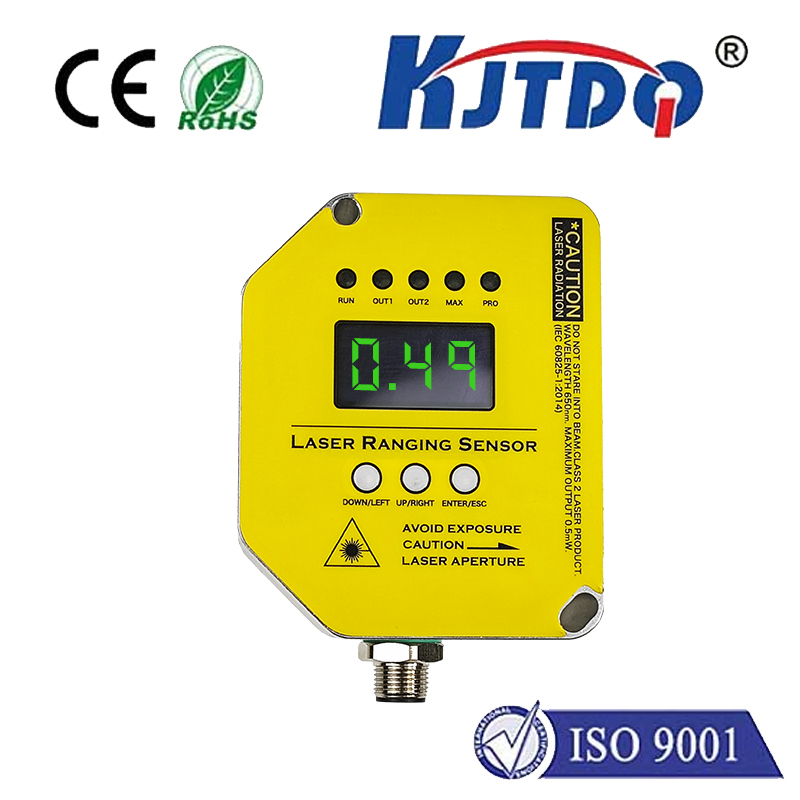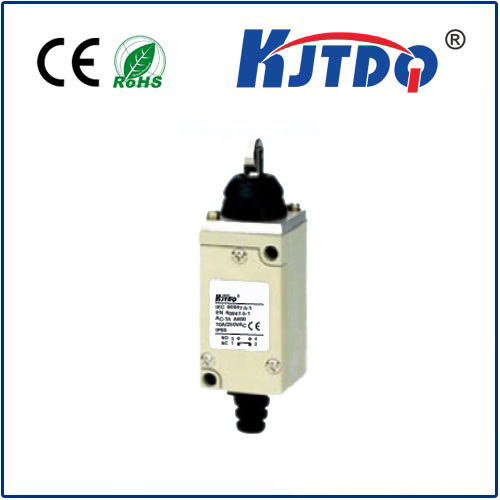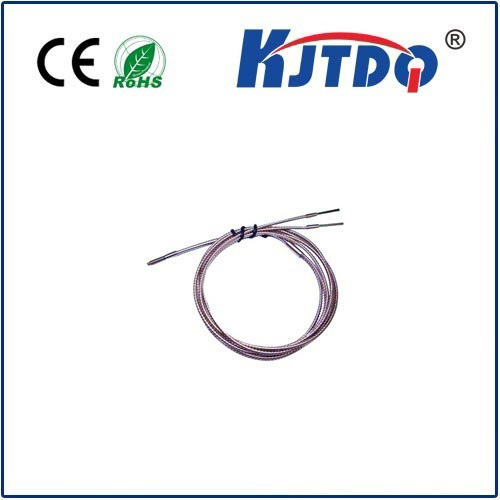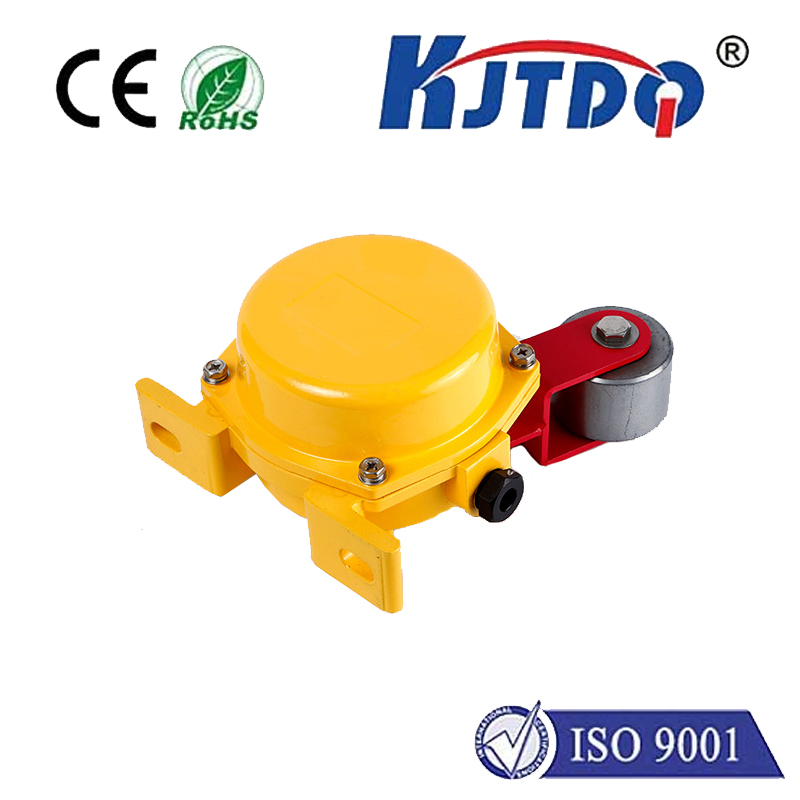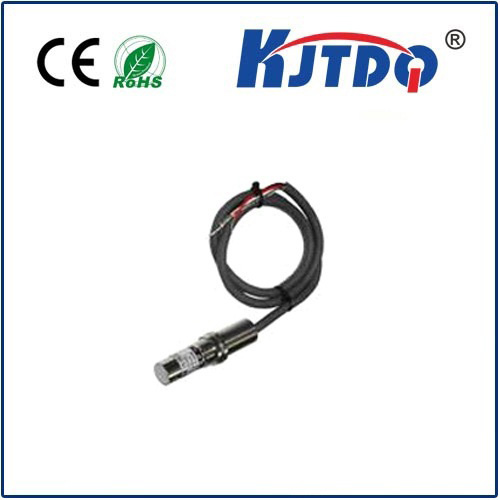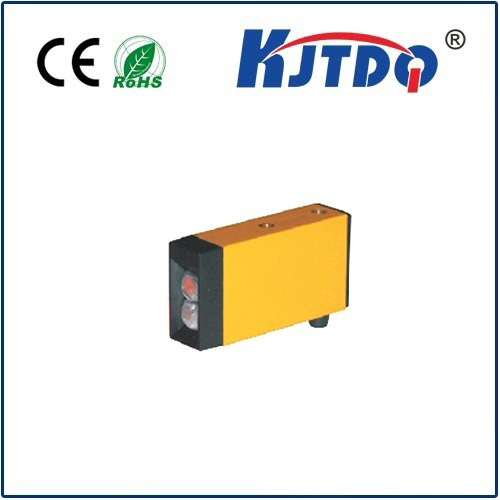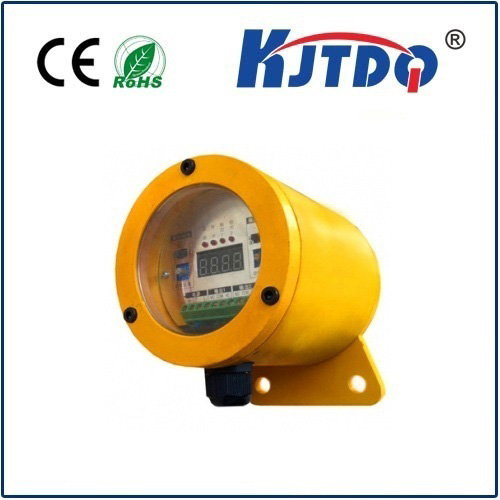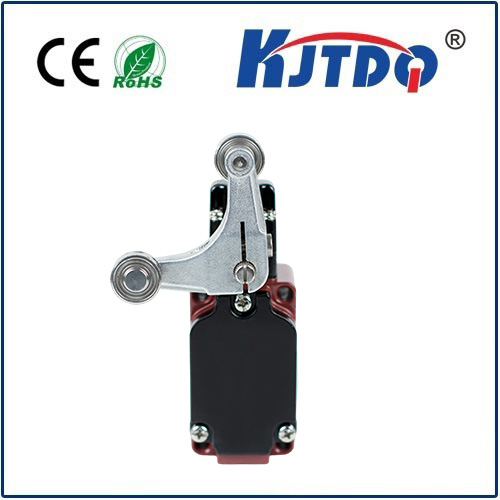vapor pressure sensor
- time:2025-08-25 09:03:21
- Click:0
Unlocking Invisible Forces: How Vapor Pressure Sensors Drive Precision and Safety
Ever wondered how your car knows the exact moment to optimize fuel combustion, or how factories prevent volatile chemicals from becoming dangerous? The invisible force being measured is vapor pressure, and the sophisticated devices detecting it—vapor pressure sensors—are unsung heroes in countless applications. These sensors provide critical data essential for efficiency, safety, environmental protection, and product quality across diverse industries. Understanding their function and significance reveals a world where precise measurement of an unseen pressure unlocks remarkable control.
Decoding the Invisible: What is Vapor Pressure?
Imagine a sealed container partially filled with a liquid, like gasoline or alcohol. Molecules constantly evaporate from the liquid surface, creating vapor above it. This vapor exerts a pressure on the container walls and the liquid itself. Vapor pressure is this specific pressure at which the liquid and its vapor are in equilibrium – the rate of evaporation equals the rate of condensation. Crucially, it’s highly dependent on temperature: as temperature rises, vapor pressure increases significantly. Measuring this pressure accurately is vital, as it indicates a substance’s volatility, evaporation rate, and behavior under different conditions.
The Core Function: Measuring the Unseen
A vapor pressure sensor is specifically engineered to detect and quantify this pressure within a closed system or headspace. Unlike standard pressure sensors that might measure absolute or gauge pressure in various gases, vapor pressure sensors are often optimized for:

- Chemical Compatibility: Resisting corrosion or degradation from exposure to specific, often aggressive, vapors (fuels, solvents, refrigerants).
- Low Pressure Sensitivity: Accurately measuring relatively low pressures, often in the range of millibars or kPa.
- Temperature Compensation: Incorporating mechanisms to account for temperature’s significant influence on vapor pressure readings. Accurate temperature measurement is frequently intrinsic to an accurate vapor pressure reading.
Peering Inside: Common Sensor Technologies
Several sophisticated technologies enable precise vapor pressure measurement:
- Capacitive Sensors: These utilize a flexible diaphragm forming one plate of a capacitor. As vapor pressure changes, the diaphragm deflects, altering the capacitance. This change is electronically converted into a precise pressure reading. Known for high accuracy, stability, and sensitivity to low pressures, they are widely used in laboratory analyzers and demanding industrial settings.
- Piezoresistive Sensors: These sensors employ silicon diaphragms embedded with strain gauges (piezoresistors). Pressure-induced strain changes the electrical resistance of these gauges. The resistance change is measured and translated into a pressure signal. Piezoresistive sensors offer robustness, good linearity, and are often cost-effective for many industrial applications.
- Resonant Sensors (e.g., Quartz Crystal Microbalances - QCM): Some sensors measure vapor pressure indirectly by detecting the mass of vapor adsorbed onto a specially coated crystal. As mass changes, the crystal’s resonant frequency shifts, correlating to vapor concentration and pressure (via known relationships like Henry’s law). This method offers extreme sensitivity but may require calibration for specific vapor-ligand interactions.
- MEMS (Micro-Electro-Mechanical Systems): Miniaturization has revolutionized sensor technology. MEMS-based vapor pressure sensors integrate tiny mechanical elements (like capacitive diaphragms or piezoresistive bridges) directly onto silicon chips alongside signal conditioning electronics. They enable small form factors, lower power consumption, enhanced reliability, and reduced costs, making them ideal for portable devices and embedded systems.
Where Precision Matters: Key Applications
The ability to measure vapor pressure accurately is indispensable in numerous fields:
- Automotive & Fuel Systems: Critical for evaporative emission control (EVAP) systems. Sensors monitor fuel tank vapor pressure to detect leaks (preventing pollutant release) and manage canister purging, ensuring engine efficiency and compliance with stringent environmental regulations (like OBD-II). They are also vital in fuel injection and vapor recovery systems.
- Petrochemical & Refining: From crude oil characterization to storage and transport of volatile liquids (gasoline, LNG, LPG), vapor pressure data (often reported as Reid Vapor Pressure - RVP) is paramount. It determines handling procedures, safety protocols for tank blanketing (inerting), product blending specifications, and compliance with volatility standards.
- HVAC&R (Heating, Ventilation, Air Conditioning, and Refrigeration): Vapor pressure sensors are integral to refrigerant management. They monitor pressure within refrigeration circuits, essential for controlling superheat/subcooling and ensuring system efficiency and safety. They also play a role in humidity sensing, as relative humidity is linked to the vapor pressure of water.
- Pharmaceuticals & Chemical Manufacturing: Precise control over solvent vapor pressure is crucial in processes like distillation, drying, lyophilization (freeze-drying), and reactions involving volatile compounds. It impacts reaction rates, product purity, solvent recovery efficiency, and overall process safety.
- Environmental Monitoring: Monitoring vapor pressure of volatile organic compounds (VOCs) in soil, groundwater, or air helps assess contamination levels and migration risks. Sensors are used in soil gas probes and specialized environmental monitoring equipment.
- Aerospace: Monitoring fuel vapor pressure is vital for aircraft fuel systems, especially at high altitudes and varying temperatures, to prevent vapor lock and ensure reliable engine operation.
- Consumer Products: Found in devices like breathalyzers (measuring alcohol vapor pressure in breath) and certain types of gas detectors.
Choosing the Right Sensor: Critical Considerations
Selecting the appropriate vapor pressure sensor demands careful evaluation of several factors:
- Measurement Range & Accuracy: What pressure levels need detection, and with what precision?
- Chemical Compatibility: Will the sensor wetted materials withstand the target vapor(s) without corrosion or degradation? Material selection (stainless steel, Hastelloy, specific ceramics/elastomers) is paramount.
- Operating Temperature Range: Sensors must function reliably within the environmental extremes of the application.
- Output Signal & Connectivity: Analog (4-20mA, 0-5/10V) vs. digital (I2C, SPI, Modbus) output requirements and compatibility with control systems.
- Environmental Robustness: Resistance to shock, vibration, humidity, and particulate matter.
- Response Time: How quickly must the sensor react to pressure changes?
- Certifications: Are specific safety certifications (ATEX, IECEx, UL) required for hazardous areas?
- Total Cost of Ownership: Includes purchase price, calibration frequency, expected lifespan, and maintenance needs.
The Future: Smarter, Smaller, More Connected
Advancements continue to push the boundaries of vapor pressure sensing. MEMS technology enables even smaller, lower-power, and potentially lower-cost sensors. Integration of advanced signal processing and temperature compensation algorithms directly on-chip enhances accuracy and stability. Furthermore, the rise of the Industrial Internet of Things (IIoT) drives demand for sensors with digital outputs and communication protocols (e.g., IO-Link, wireless) facilitating seamless integration into networked monitoring and control systems, enabling predictive maintenance and smarter process optimization. Research also focuses on enhancing selectivity and sensitivity for complex vapor mixtures.
From safeguarding our environment by controlling emissions to ensuring the purity of life-saving drugs and optimizing energy use in our homes and industries, vapor pressure sensors provide the essential data needed to manage the invisible but powerful forces exerted by volatile substances. Their precision and reliability, increasingly augmented by smart technology, make them fundamental components in building a safer, more efficient, and controlled world.












